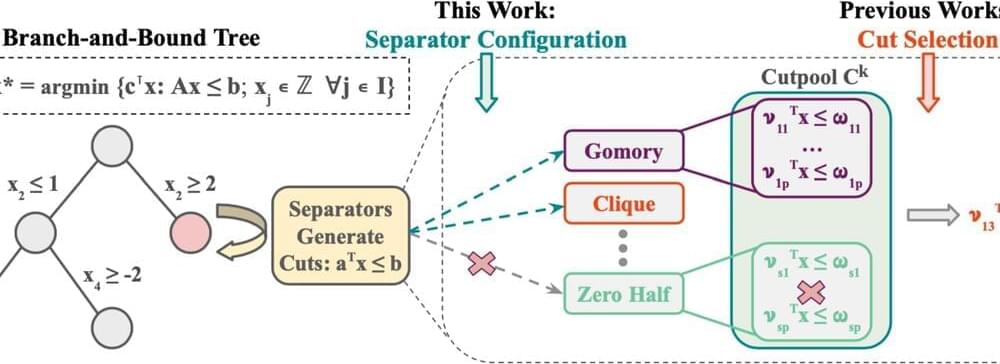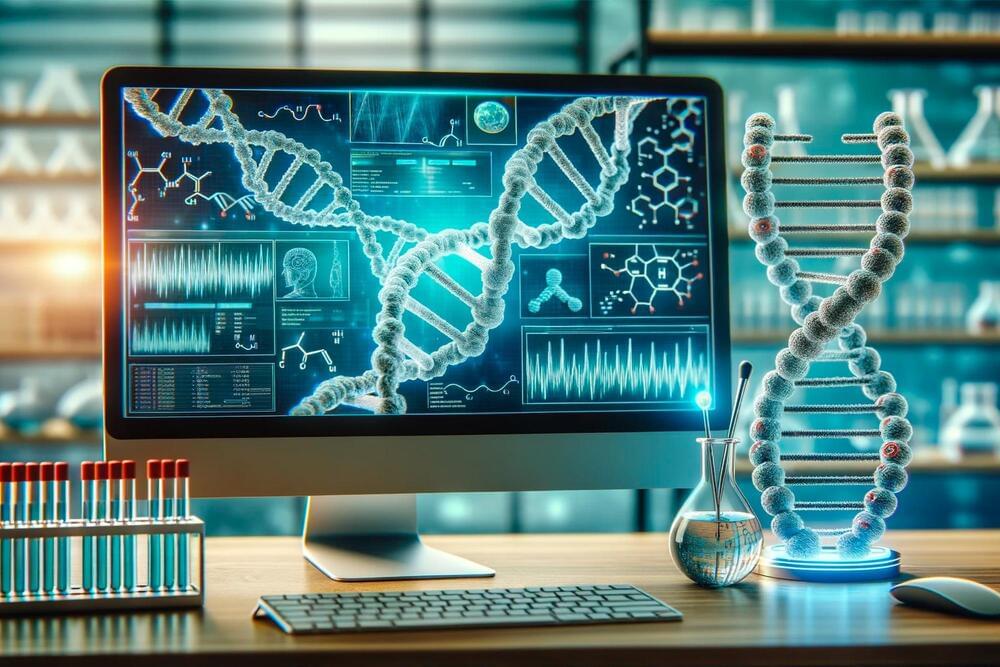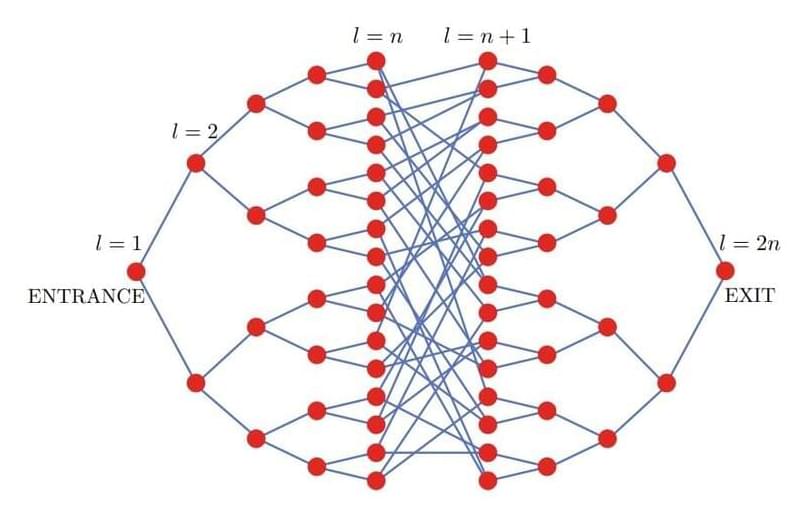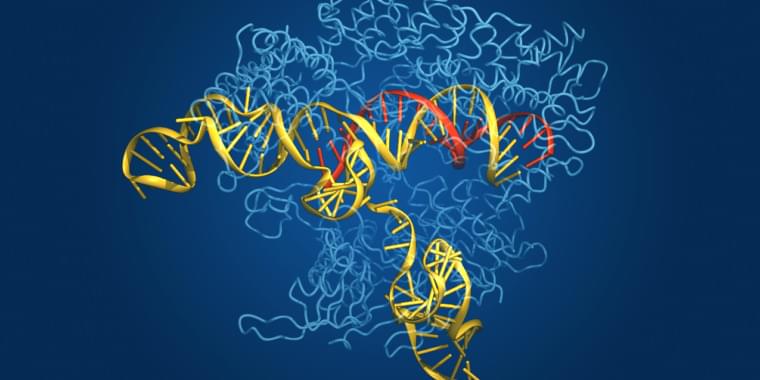Adversarial algorithms can systematically probe large language models like OpenAI’s GPT-4 for weaknesses that can make them misbehave.



As we venture deeper into the digital era, the scope and possibilities of data and artificial intelligence (AI) in human resources (HR) are expanding at an unprecedented rate.
Johnson & Johnson deployed an AI-based writing tool, Textio, to identify unconscious bias in their job listings. Upon identifying a masculine tilt in the language of many of their job postings, they made some AI-driven adjustments that led to a 9% uptick in female applicants.
Unilever employs AI to streamline the initial stages of its recruitment process. Candidates are asked to play a number of games that test their logic, aptitude, reasoning, and appetite for risk. Then the HR team uses machine learning algorithms to assess candidates’ suitability for the role they have applied for, by matching their profiles against previously successful employees. This approach has not only improved the efficiency of Unilever’s recruitment process but also provided a more engaging candidate experience.
Data and AI are more than just buzzwords — they are the drivers of meaningful, beneficial change within HR. As businesses move forward in this digitally connected world, prioritizing the three HR domains we’ve discussed above can create a significant difference in achieving strategic goals and building a work environment where employees thrive.

While Santa Claus may have a magical sleigh and nine plucky reindeer to help him deliver presents, for companies like FedEx, the optimization problem of efficiently routing holiday packages is so complicated that they often employ specialized software to find a solution.
This software, called a mixed-integer linear programming (MILP) solver, splits a massive optimization problem into smaller pieces and uses generic algorithms to try and find the best solution. However, the solver could take hours—or even days—to arrive at a solution.
The process is so onerous that a company often must stop the software partway through, accepting a solution that is not ideal but the best that could be generated in a set amount of time.

Researchers from EPFL have resolved a long-standing debate surrounding laser additive manufacturing processes with a pioneering approach to defect detection.
The progression of laser additive manufacturing —which involves 3D printing of metallic objects using powders and lasers—has often been hindered by unexpected defects. Traditional monitoring methods, such as thermal imaging and machine learning algorithms, have shown significant limitations. They often either overlook defects or misinterpret them, making precision manufacturing elusive and barring the technique from essential industries like aeronautics and automotive manufacturing.
But what if it were possible to detect defects in real-time based on the differences in the sound the printer makes during a flawless print and one with irregularities? Up until now, the prospect of detecting these defects this way was deemed unreliable. However, researchers at the Laboratory of Thermomechanical Metallurgy (LMTM) at EPFL’s School of Engineering have successfully challenged this assumption.

Researchers using the new FLSHclust algorithm discovered 188 unique CRISPR-linked gene modules, including a novel type VII CRISPR-Cas system, in a massive protein database. This breakthrough enhances our understanding of CRISPR systems and their potential in biotechnological innovations.
Researchers have developed a new algorithm, FLSHclust (“flash clust”), leading to the discovery of 188 rare and previously unknown CRISPR-linked gene modules. This includes a novel type VII CRISPR-Cas system found among billions of protein sequences. The findings of this approach offer new possibilities for exploiting CRISPR systems and exploring the vast diversity of microbial proteins.
CRISPR’s Growing Impact in Biotechnology.

Quantum computers promise to solve some problems exponentially faster than classical computers, but there are only a handful of examples with such a dramatic speedup, such as Shor’s factoring algorithm and quantum simulation. Of those few examples, the majority of them involve simulating physical systems that are inherently quantum mechanical — a natural application for quantum computers. But what about simulating systems that are not inherently quantum? Can quantum computers offer an exponential advantage for this?
In “Exponential quantum speedup in simulating coupled classical oscillators”, published in Physical Review X (PRX) and presented at the Symposium on Foundations of Computer Science (FOCS 2023), we report on the discovery of a new quantum algorithm that offers an exponential advantage for simulating coupled classical harmonic oscillators. These are some of the most fundamental, ubiquitous systems in nature and can describe the physics of countless natural systems, from electrical circuits to molecular vibrations to the mechanics of bridges. In collaboration with Dominic Berry of Macquarie University and Nathan Wiebe of the University of Toronto, we found a mapping that can transform any system involving coupled oscillators into a problem describing the time evolution of a quantum system. Given certain constraints, this problem can be solved with a quantum computer exponentially faster than it can with a classical computer.

CRISPR—Clustered Regularly Interspaced Short Palindromic Repeats—is the microbial world’s answer to adaptive immunity. Bacteria don’t generate antibodies when they are invaded by a pathogen and then hold those antibodies in abeyance in case they encounter that same pathogen again, the way we do. Instead, they incorporate some of the pathogen’s DNA into their own genome and link it to an enzyme that can use it to recognize that pathogenic DNA sequence and cut it to pieces if the pathogen ever turns up again.
The enzyme that does the cutting is called Cas, for CRISPR associated. Although the CRISPR-Cas system evolved as a bacterial defense mechanism, it has been harnessed and adapted by researchers as a powerful tool for genetic manipulation in laboratory studies. It also has demonstrated agricultural uses, and the first CRISPR-based therapy was just approved in the UK to treat sickle-cell disease and transfusion-dependent beta-thalassemia.
Now, researchers have developed a new way to search genomes for CRISPR-Cas-like systems. And they’ve found that we may have a lot of additional tools to work with.

Beyond glycemic benefits, users of the app also reported significantly less-related emotional distress than standard care (−1.9 vs 1.7 points in composite survey scores, P =0.03).
“We are currently working on making technology like this accessible to patients outside of research settings because we think it can really help patients in underserved areas who need high-touch care to get their under control,” Nayak said.
The researchers developed their custom voice-based AI app and had it powered by Alexa (Amazon wasn’t involved with the study). The software was equipped with titration algorithms by the American Association of Clinical Endocrinologists and the American College of Endocrinology and included emergency protocols to handle hypoglycemia and hyperglycemia.

In the era of big data and advanced artificial intelligence, traditional data storage methods are becoming inadequate. To address the need for high-capacity and energy-efficient storage solutions, the development of next-generation technologies is crucial.
Among these is resistive random-access memory (RRAM), which relies on altering resistance levels to store data. A recent study published in the journal Angewandte Chemie details the work of a research team who have pioneered a method for creating supramolecular memristors, one of the key components in the construction of nano-RRAM.

In the basement of Kirchhoff-Institut für Physik in Germany, researchers have been simulating the Universe as it might have existed shortly after the Big Bang. They have created a tabletop quantum field simulation that involves using magnets and lasers to control a sample of potassium-39 atoms that is held close to absolute zero. They then use equations to translate the results at this small scale to explore possible features of the early Universe.
The work done so far shows that it’s possible to simulate a Universe with a different curvature. In a positively curved universe, if you travel in any direction in a straight line, you will come back to where you started. In a negatively curved universe, space is bent in a saddle shape. The Universe is currently flat or nearly flat, according to Marius Sparn, a PhD student at Kirchhoff-Institut für Physik. But at the beginning of its existence, it might have been more positively or negatively curved.